How do you charge for machining forged parts? What is the best forging parts machining manufacturer?
1098Forging factory production of forgings products of different shapes, different forgings products composed of mechanical parts are also different sizes. Forging plant according to the shape of different shapes of forgings used in different processing methods, a variety of cutting and processing of forgings are also a variety of methods. Forging plant commonly used processing methods are turning, drilling, boring, planing, broaching, milling and grinding and several other forging processing methods. Although this...
View Full Version Shanxi Huan Guan Heavy Industry Large Flange Manufacturer
Shanxi Huan Guan Heavy Industry Large Flange Manufacturer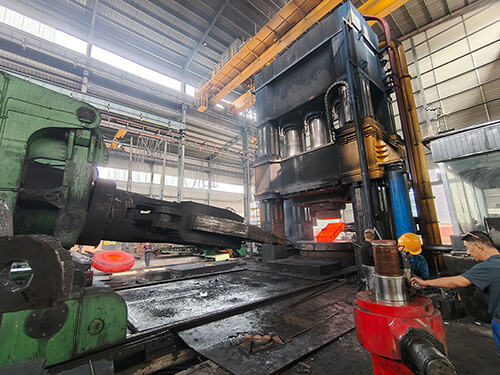
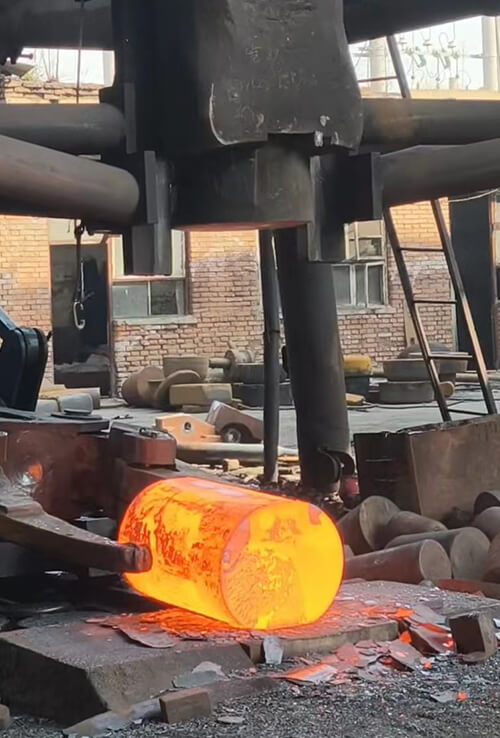

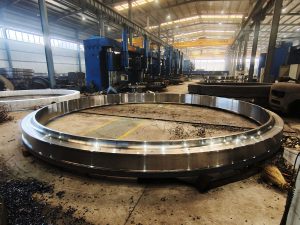
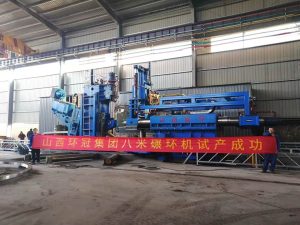
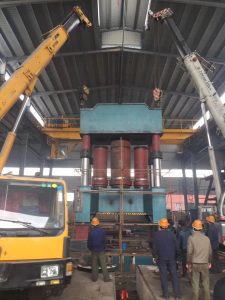


Hello!sign in